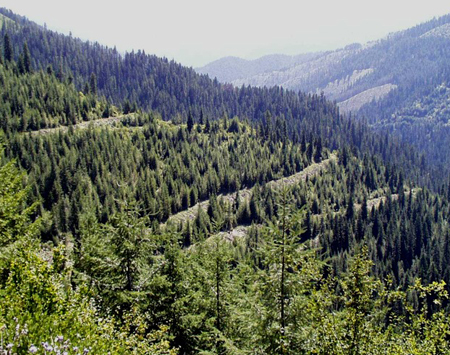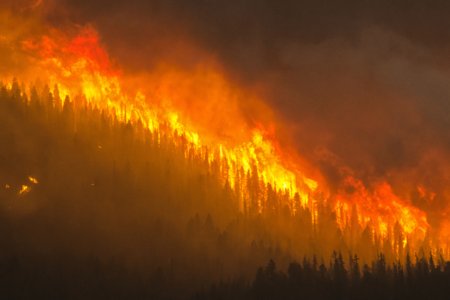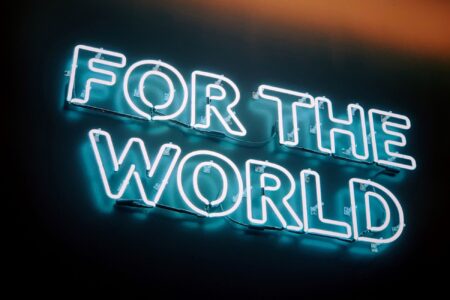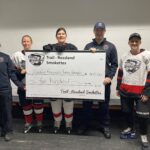Cut reduced for tree farm licence near Valhalla Provincial Park
Wildlife habitat and old growth management have forced the Province to reduce the allowable annual cut for Tree Farm Licence 23 west of Valhalla Provincial Park by over 53,000 cubic metres, said deputy chief forester Melanie Boyce Tuesday.
The previous allowable annual cut for the licence, held by International Forest Products Ltd., was 680,000 cubic metres.
“It is necessary to reduce the harvest level by about eight per cent to account for wildlife habitat, old-growth management areas and the smaller size of the tree farm licence area,” said Boyce.
Tree Farm Licence 23 covers about 551,400 hectares next to the Arrow Lakes. The tree farm licence is south of Glacier National Park and extends from Valhalla Provincial Park in the east to Monashee Provincial Park in the west.
About 144,600 hectares of the tree farm licence are available for timber harvesting, with commercial tree species of Douglas-fir, western hemlock, Engelmann and white spruce, lodgepole pine, sub-alpine fir (balsam), western larch and western red cedar.
Copies of the deputy chief forester’s allowable annual cut determination are available on the Ministry of Forests, Mines and Lands website at www.for.gov.bc.ca/hts/ or from the Castlegar forestry office.
Note:
The deputy chief forester’s determination is an independent professional judgment based on information ranging from technical forestry reports, First Nations input and public input to the government’s social and economic goals.
The timber supply review accounts for environmental factors such as biodiversity (which includes old-growth forests), water resources, and scenic values, in addition to social and economic issues.
Under the timber supply review, the chief forester or deputy chief forester must determine how much wood can be harvested in each of the province’s 38 timber supply areas and 34 tree farm licences at least once every 10 years.
A new allowable annual cut may be determined earlier in response to abnormal situations, or postponed for another five years if an allowable annual cut level is not expected to change significantly.

























Comments